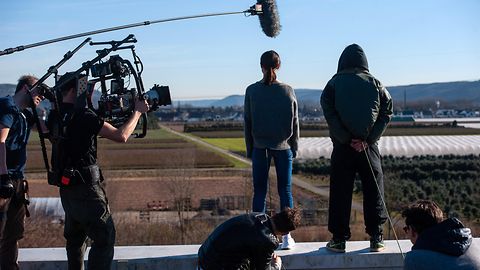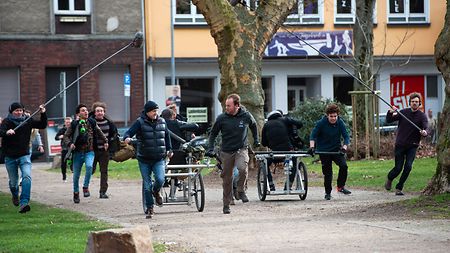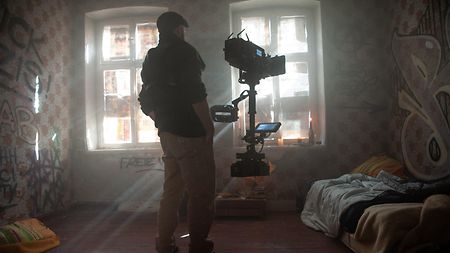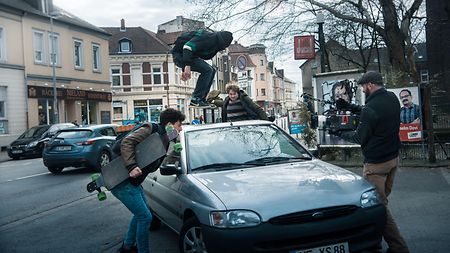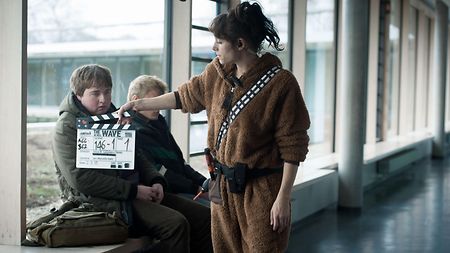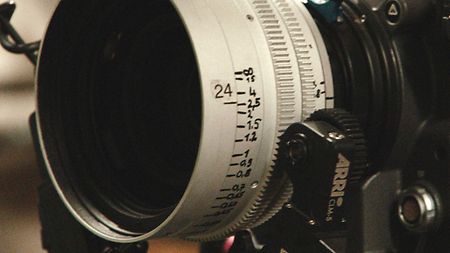Directed by Anca Miruna Lazarescu and Mark Monheim, and shot by cinematographer Jan-Marcello Kahl, "We Are the Wave" is about a diverse group of teenage social vigilantes in a fictional German city called Meppersfeld. 1st AC Ken Macdonald here shares his thoughts on the production, his role on set, and how his career began at ARRI Rental.
You started out as a trainee at ARRI Rental. When was this, and what are your memories of that time?
My first experience with ARRI cameras was in 2006: six weeks as a camera trainee in India for the movie "Gandhi, My Father," directed by Feroz Abbas Kahn and shot by my own father, David Macdonald. That was filmed on an ARRIFLEX 535 with Cooke S4 lenses. I didn't have a clue what I was doing and had never before experienced what it was like on set, but I guess I take after my dad, because I was hooked, and he was the one who recommended ARRI Munich.
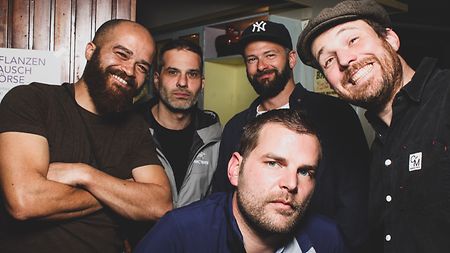
1st AC Ken Macdonald (left) and DP Jan-Marcello Kahl (foreground) with other crew members
